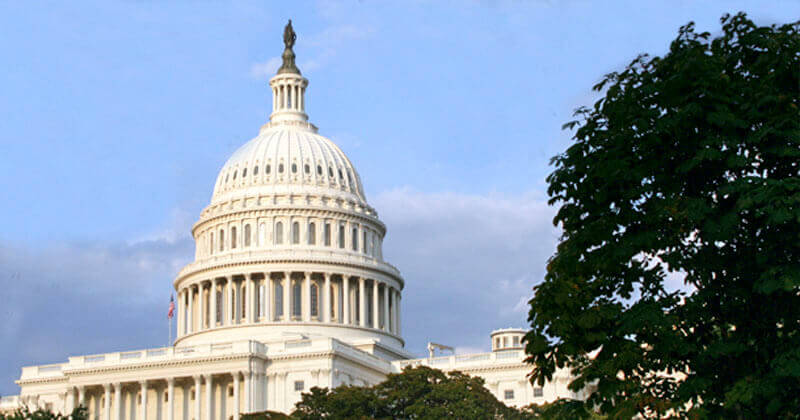Ashley BennettGHTC
Ashley Bennett is a Policy and Advocacy Officer at GHTC.
Yesterday, the White House released President Obama’s much-anticipated budget request for fiscal year (FY) 2015. After hearing that the budget would be released in two phases, we weren’t sure what level of detail or clarity to expect from the top-line numbers. As it turns out, the message is murky—for now. Below are some initial takeaways on the budget proposal’s impact on global health research and development (R&D).
State and USAID Global Health Programs
While funding for the overall 150 international affairs account remained fairly stagnant compared with FY 2014, funding for the State Department’s global health programs—which fund most global health R&D at the US Agency for International Development (USAID) and the State Department—took a concerning downward shift, falling by 4.6 percent overall. The Maternal & Child Health, Tuberculosis, and Global HIV and AIDS programs that fund research for many new global health tools all saw decreases to varying degrees when compared with the levels that Congress just approved for them in its FY 2014 budget agreement.
There were a few ‘winners’—a relative term only; USAID’s Malaria and Family Planning programs saw small increases, and GAVI—which works to scale up currently available vaccines—saw its request increased by $25 million over FY 2014. As many in the community have voiced, the flat-funding of the President’s Emergency Plan for AIDS Relief—coupled with a possible $300 million decrease in the US’s contribution to the Global Fund to Fight AIDS, Tuberculosis, and Malaria—is disappointing, if not unexpected.

Although these cuts are concerning, the President’s budget request did indicate that the administration is aware of the need for sustained global health R&D programming and recognized the important role that USAID plays in fostering innovation. The President requested $146.3 million for the new Global Development Lab at USAID, which “will consolidate and expand USAID's efforts in science, technology, innovation and partnerships, creating a world-class capability to discover, incubate, test, and scale transformational solutions to the greatest development challenges that we face today.” However, according to the budget justification text, only about $5 million of this funding will go to global health programs.
Global Health R&D at NIH, CDC and FDA
The President requested $30.2 billion for funding at the National Institutes of Health (NIH), a slight increase from 2014 appropriations levels of $29.9 billion, but still lower than the President’s request for FY 2014—continuing a troubling decline. It is estimated that NIH’s funding has decreased 15 percent since FY 2004. Within the NIH, the National Institute of Allergy and Infectious Diseases was funded at $4.423 billion, a 3.4 percent decrease from the President’s request for 2014, but a slight increase from the 2014 appropriated budget of $4.359 billion. The National Center for Advancing Translational Science saw a slight cut from FY 2014 appropriations and previous requests, while the National Institute of Child Health and Human Development and the Fogarty International Center were essentially flat-funded.
There was potentially better news for global health R&D funding at the Centers for Disease Control and Prevention (CDC). The President requested a total of $464 million for CDC’s Center for Global Health—a significant increase over FY 2014. CDC’s Center for Emerging Zoonotic and Infectious Diseases also received a welcome increase. Both of these CDC centers are involved in the new Global Health Security Agenda programming. While the budget text says that the President requested $45 million for the new initiative, it’s not yet clear where this funding will come from.
In more positive news, the President also requested just over $4.7 billion for the US Food and Drug Administration (FDA), allaying fears that the strong FY 2014 funding ($4.3 billion) would not be continued. The funding also assumes $2.612 billion in user fee income.
Opportunity, Growth and Security Initiative
Adding to the opaque nature of several parts of the global health and science accounts within the President’s budget request is the new $56 billion Opportunity, Growth and Security Initiative. Funds in this category include the $300 million that would go to the Global Fund if other nations are able to increase their own commitments, as well as other funding that would go to NIH and the Science, Technology, Innovation and Partnerships (STIP) in Development program via the new Global Development Lab at USAID. It’s still unclear whether this money will be allocated as stated, and many in the global health community are concerned that it would draw funds away from other health-related programs that have already been flat-funded or seen cuts.
While we’re still waiting for more figures for NIH and the Department of Defense’s global health R&D programs, and details from additional budget justification documents—it’s clear that Congress has its work cut out for it in protecting global health R&D programming across the US government. When the appropriations committees from the House and Senate develop their own proposals later this spring, they should work to sustain and protect global health research and product development at USAID, CDC, NIH, FDA and the Defense Department in order to keep up the fight against global health diseases.